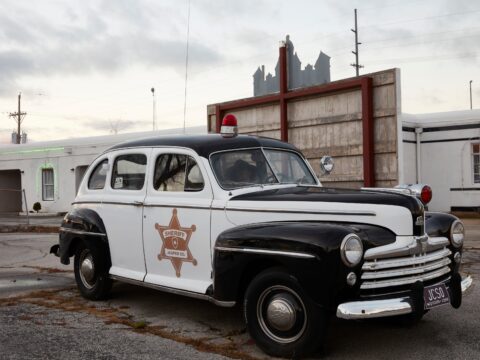Exploring the history of space travel offers a fascinating glimpse into humanity’s quest for the stars. In museums around the world, you can see some of the most iconic spacecrafts up close, each with its own story of adventure and discovery. This article highlights 15 remarkable spacecrafts preserved in museums, allowing you to experience a piece of space history firsthand. Whether you’re a space enthusiast or just curious, these exhibits offer an unforgettable journey into the past and future of space exploration.
Contents
Apollo 11 Command Module “Columbia” – National Air and Space Museum, Washington, D.C., USA
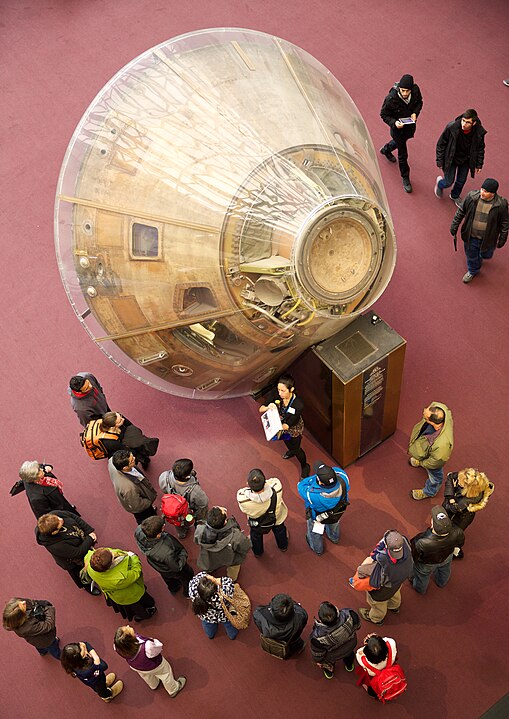
The Apollo 11 Command Module “Columbia” is a historic artifact, marking humanity’s first successful mission to land on the Moon. This spacecraft carried astronauts Neil Armstrong, Buzz Aldrin, and Michael Collins on their historic journey in 1969. Visitors can see the actual module that orbited the Moon and safely returned the astronauts to Earth, showcasing the engineering marvels of the Apollo program.
Space Shuttle Discovery – Steven F. Udvar-Hazy Center, Chantilly, Virginia, USA
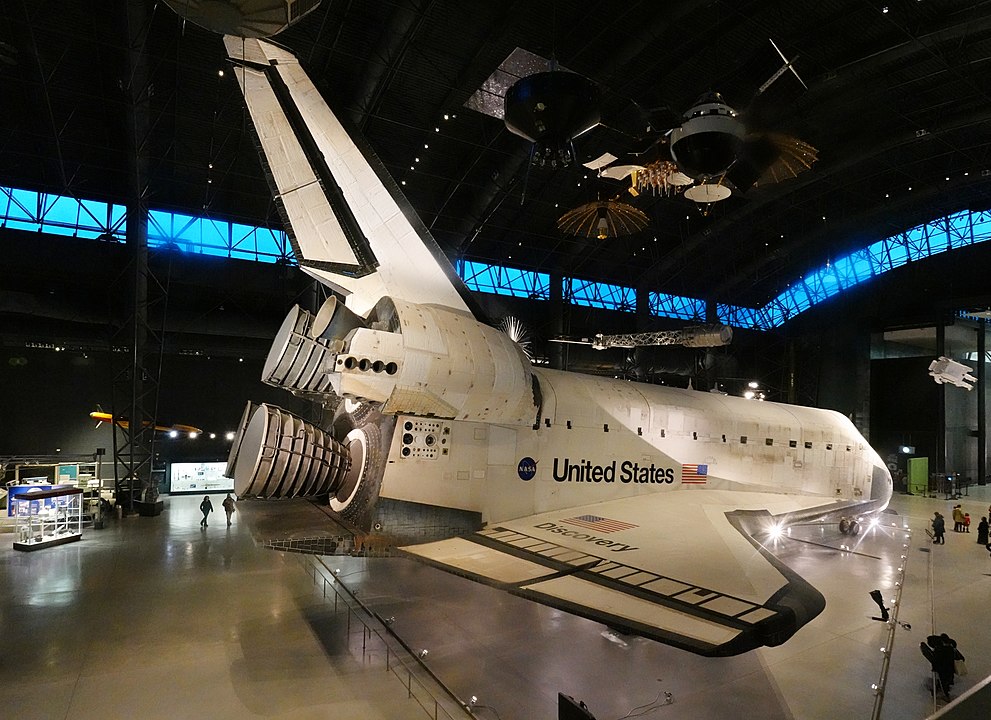
Space Shuttle Discovery is one of NASA’s most accomplished orbiters, having completed 39 missions over its career. It played a pivotal role in the construction of the International Space Station and deployed the Hubble Space Telescope. The Discovery is displayed in the Steven F. Udvar-Hazy Center, allowing visitors to appreciate its size and the technological advancements of the Shuttle program.
Space Shuttle Atlantis – Kennedy Space Center Visitor Complex, Florida, USA
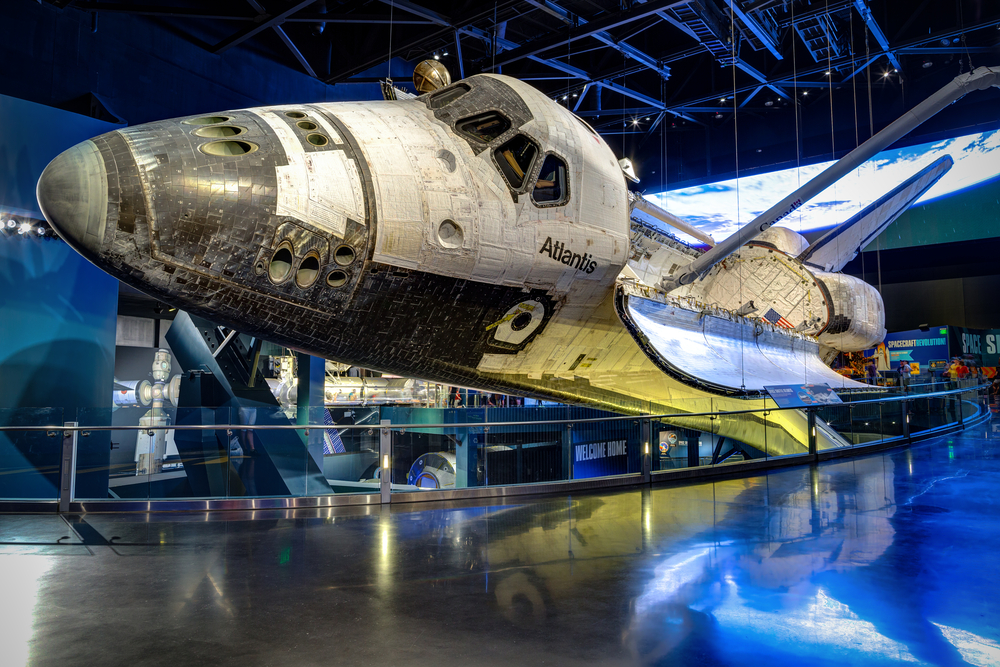
Space Shuttle Atlantis is preserved at the Kennedy Space Center Visitor Complex, where it serves as a testament to NASA’s Shuttle program. With 33 missions under its belt, Atlantis was instrumental in various scientific endeavors, including the final servicing mission to the Hubble Space Telescope. Its display features interactive exhibits that provide insights into its missions and the Shuttle era.
Space Shuttle Endeavour – California Science Center, Los Angeles, California, USA
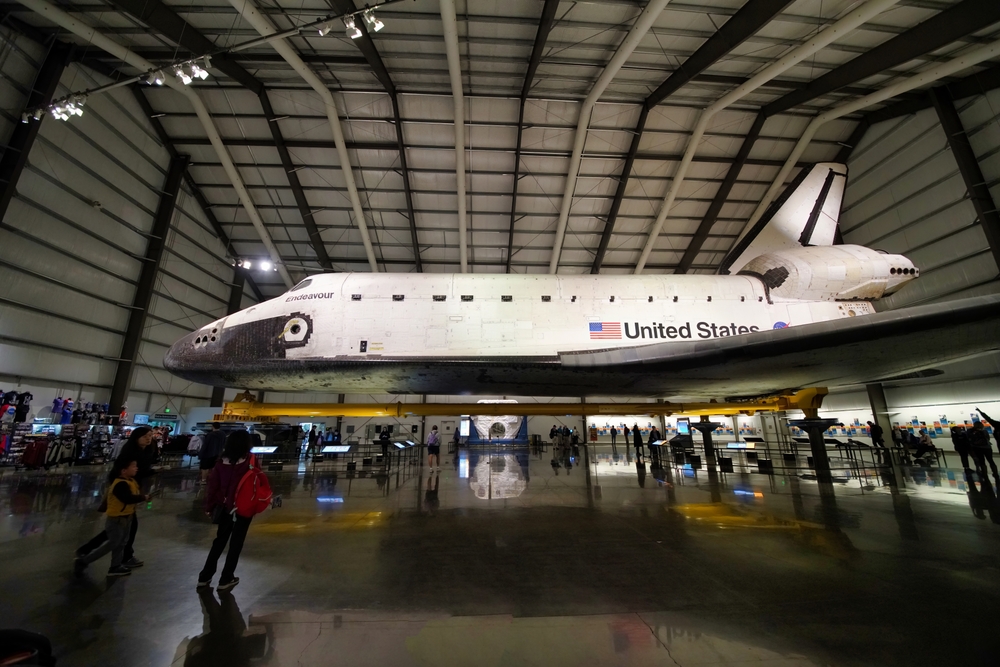
Space Shuttle Endeavour, the youngest of NASA’s orbiters, is on display at the California Science Center. Endeavour flew 25 missions, including the first mission to repair the Hubble Space Telescope and the first assembly missions of the International Space Station. The exhibit includes the Shuttle in a launch configuration, showcasing its immense size and complexity.
Space Shuttle Enterprise – Intrepid Sea, Air & Space Museum, New York City, New York, USA
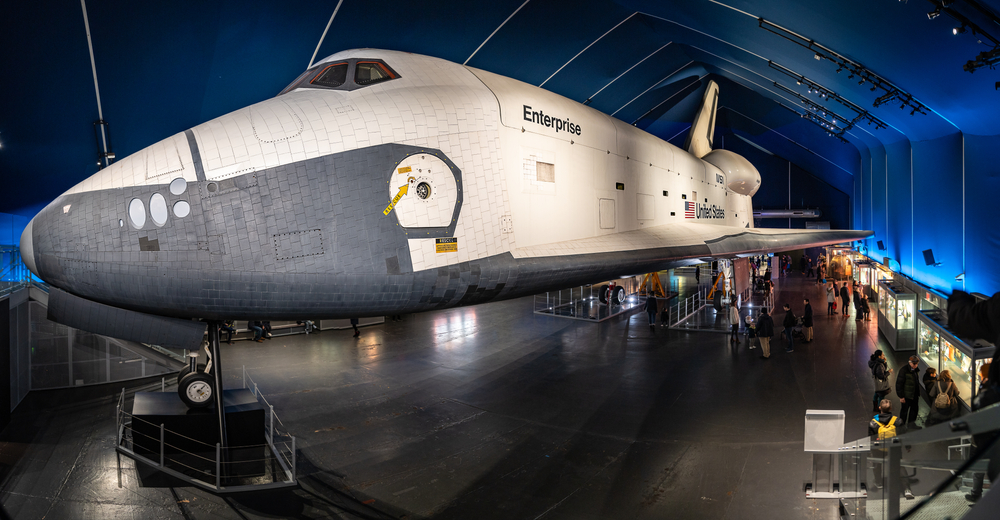
The Space Shuttle Enterprise, the prototype orbiter used for atmospheric test flights, is exhibited at the Intrepid Sea, Air & Space Museum. Although it never flew in space, Enterprise was crucial in testing and validating the design and systems of the Shuttle program. Visitors can learn about its role in the development of the Shuttle fleet and see its unique design up close.
Soyuz TMA-19M – Science Museum, London, UK
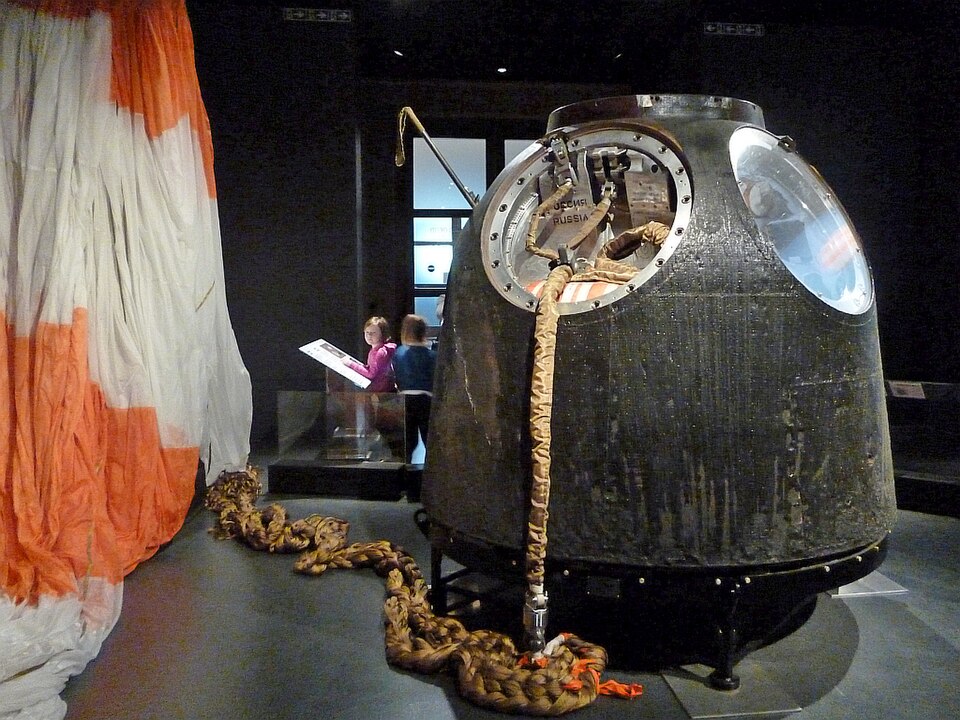
The Soyuz TMA-19M capsule, which transported British astronaut Tim Peake to and from the International Space Station, is displayed at the Science Museum in London. This capsule exemplifies the reliability and enduring design of the Soyuz spacecraft, which has been a workhorse of human spaceflight for decades. The exhibit includes Peake’s spacesuit and other mission artifacts.
Vostok 1 Replica – Museum of Cosmonautics, Moscow, Russia
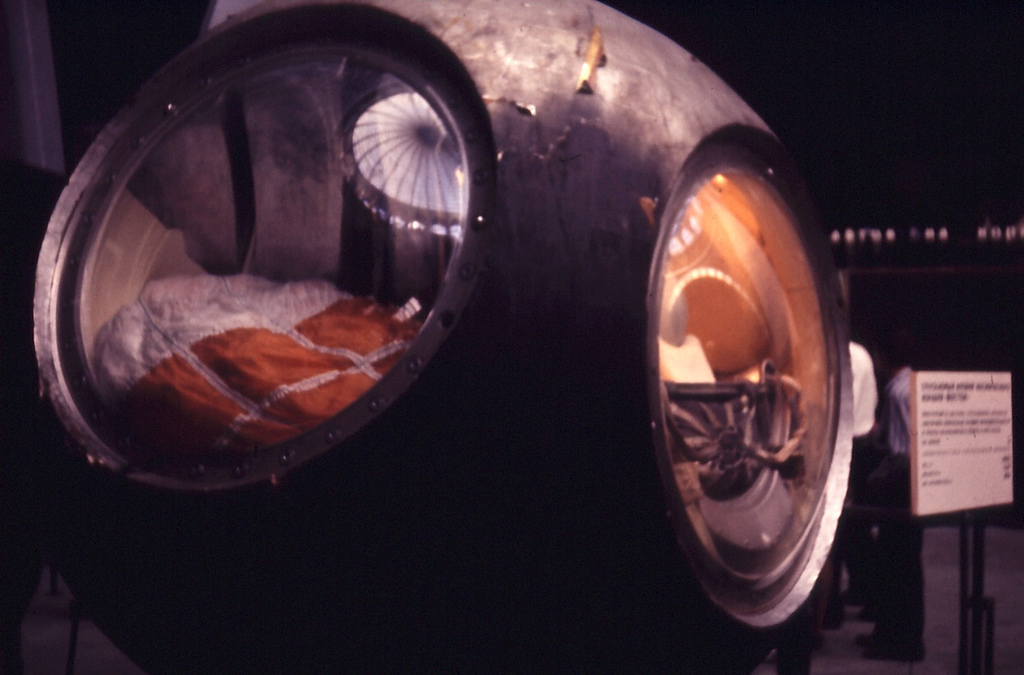
The Vostok 1 Replica at the Museum of Cosmonautics commemorates the historic flight of Yuri Gagarin, the first human in space. The exhibit provides a detailed look at the spacecraft’s design and the challenges of early spaceflight. It celebrates Gagarin’s pioneering journey and the Soviet Union’s achievements in the space race.
Apollo 13 Command Module “Odyssey” – Cosmosphere, Hutchinson, Kansas, USA
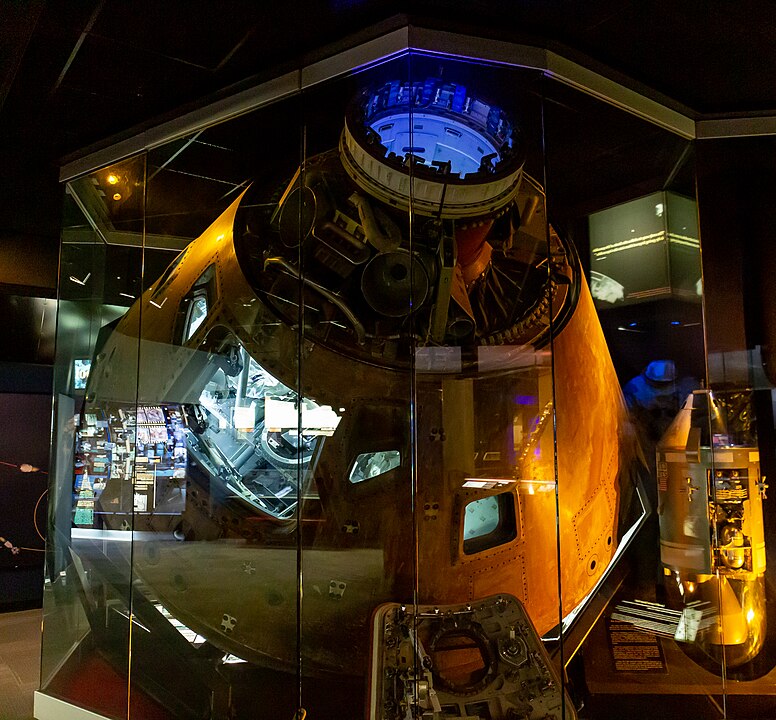
The Apollo 13 Command Module “Odyssey,” now displayed at the Cosmosphere, tells the harrowing tale of a mission that nearly ended in disaster. After an oxygen tank explosion, the crew’s safe return to Earth became a gripping survival story. The exhibit highlights the ingenuity and teamwork that saved the astronauts and includes artifacts from the mission.
Lunar Module “Eagle” Replica – National Air and Space Museum, Washington, D.C., USA
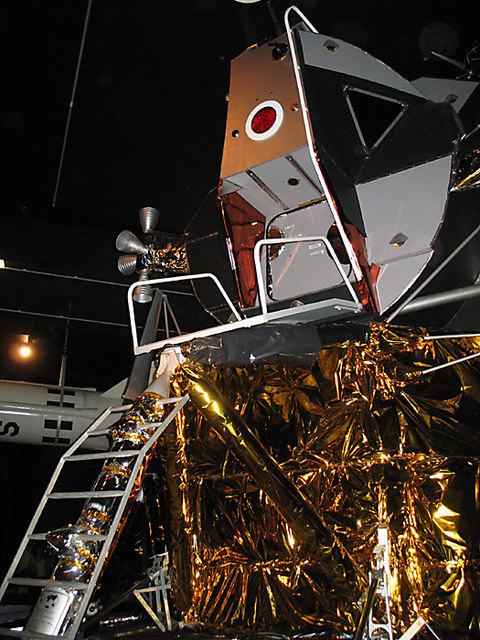
The Lunar Module “Eagle” Replica at the National Air and Space Museum represents the module that landed Neil Armstrong and Buzz Aldrin on the Moon. This replica allows visitors to explore the intricate design and engineering required for lunar landings. It celebrates one of humanity’s greatest achievements and offers educational insights into the Apollo program.
Sputnik 1 Replica – National Air and Space Museum, Washington, D.C., USA
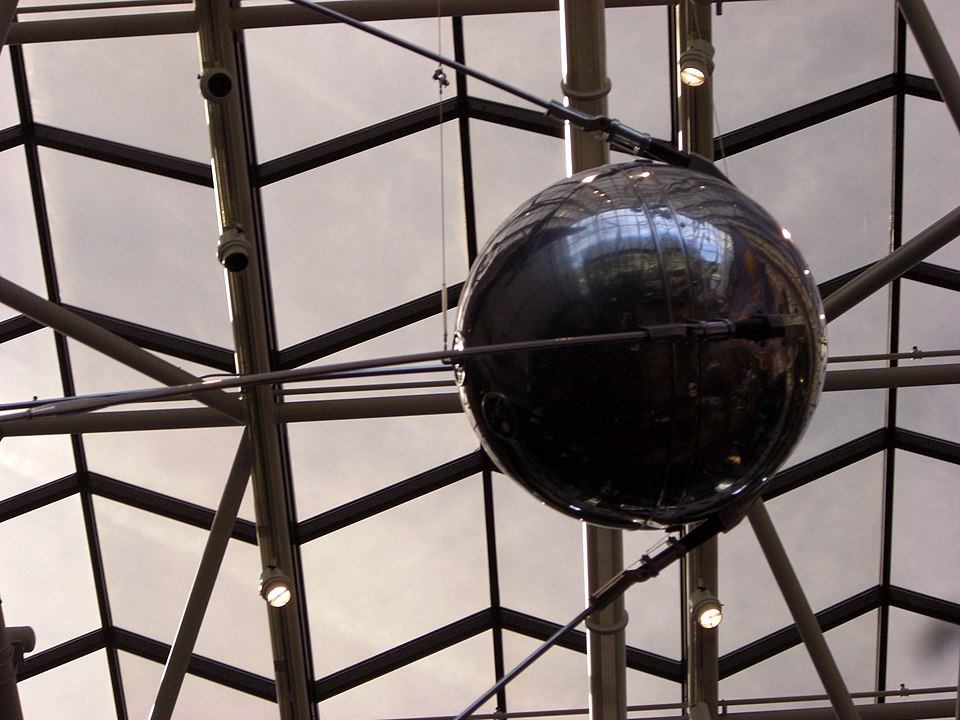
The Sputnik 1 Replica at the National Air and Space Museum commemorates the launch of the first artificial satellite. Sputnik 1’s launch by the Soviet Union in 1957 marked the beginning of the space age. The replica highlights its simple yet groundbreaking design, emphasizing its impact on global space exploration.
Hubble Space Telescope Replica – Kennedy Space Center Visitor Complex, Merritt Island, Florida, USA.
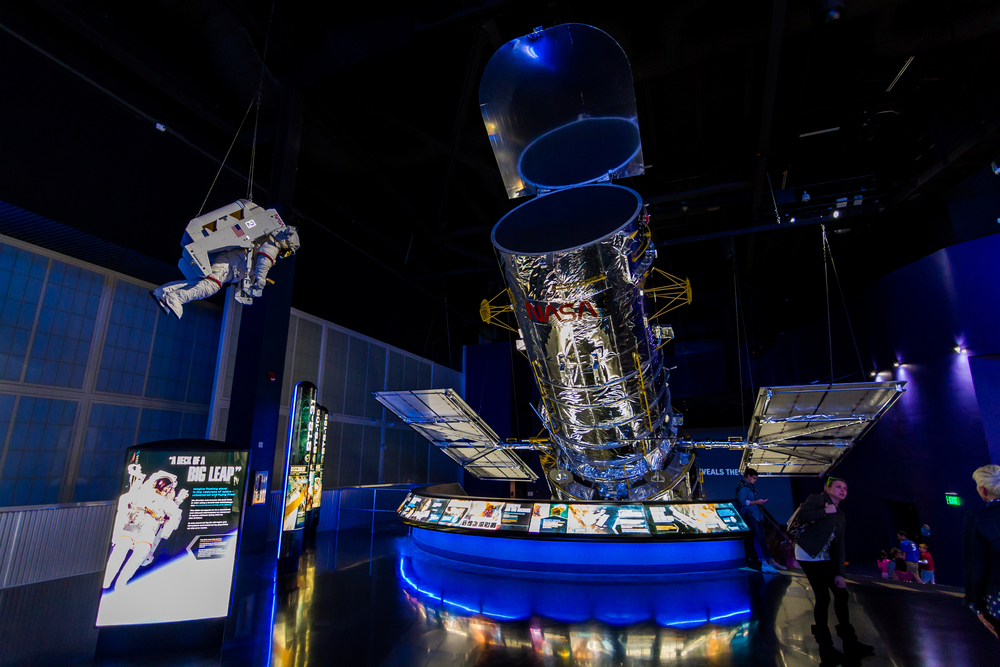
The Hubble Space Telescope Replica provides visitors with a close-up view of one of the most important scientific instruments ever built. On display at the Kennedy Space Center Visitor Complex, this replica illustrates the telescope’s design and its contributions to our understanding of the universe. The exhibit includes images captured by Hubble, showcasing its groundbreaking discoveries.
Apollo-Soyuz Test Project Docking Module – California Science Center, Los Angeles, California, USA
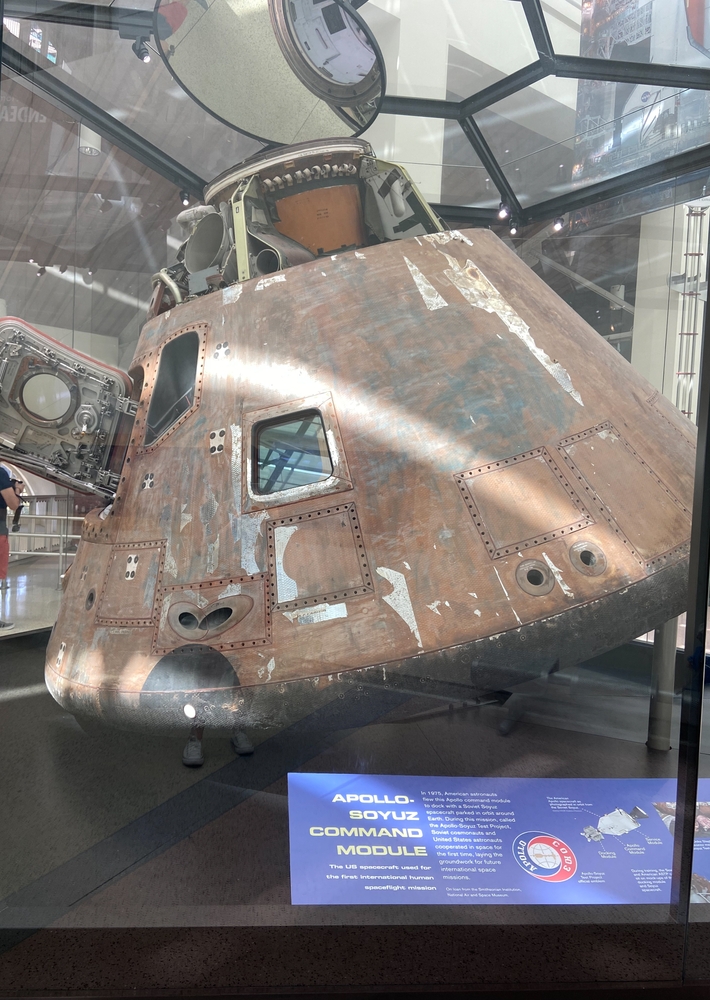
The Apollo-Soyuz Test Project Docking Module at the California Science Center symbolizes the first international space mission. This 1975 mission saw American and Soviet spacecraft dock in orbit, fostering international cooperation in space exploration. The exhibit includes the docking module and highlights the mission’s significance in promoting peaceful collaboration.
X-15 Rocket Plane – National Air and Space Museum, Washington, D.C., USA
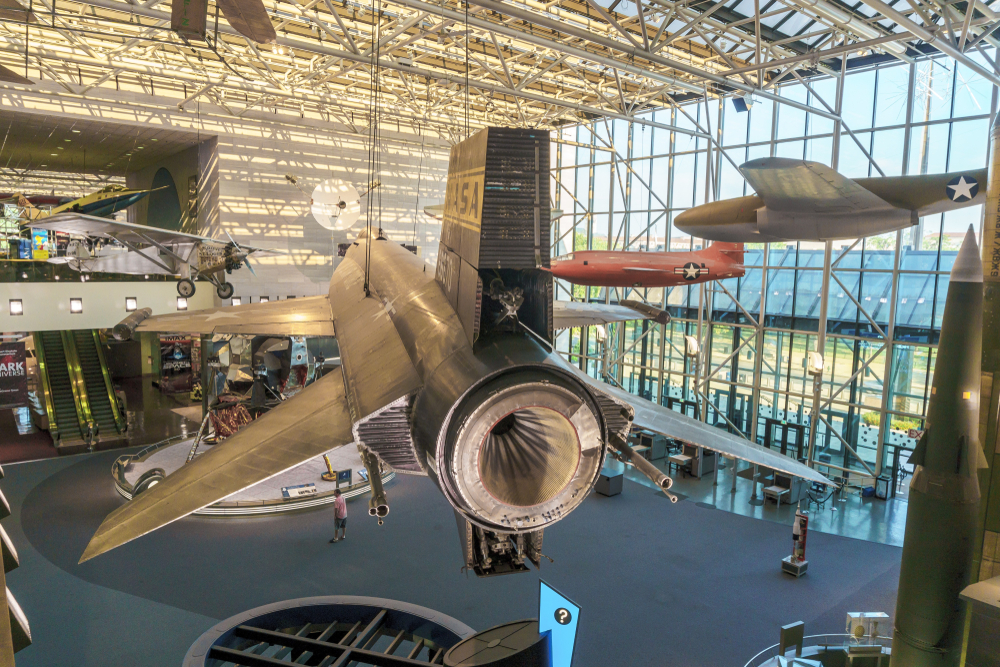
The X-15 Rocket Plane, displayed at the National Air and Space Museum, represents a key milestone in aeronautics and astronautics. This experimental aircraft reached the edge of space, setting speed and altitude records in the 1960s. The exhibit showcases its sleek design and the technological advancements it brought to high-speed flight.
Lunokhod 1 Lunar Rover Replica – Museum of Cosmonautics, Moscow, Russia
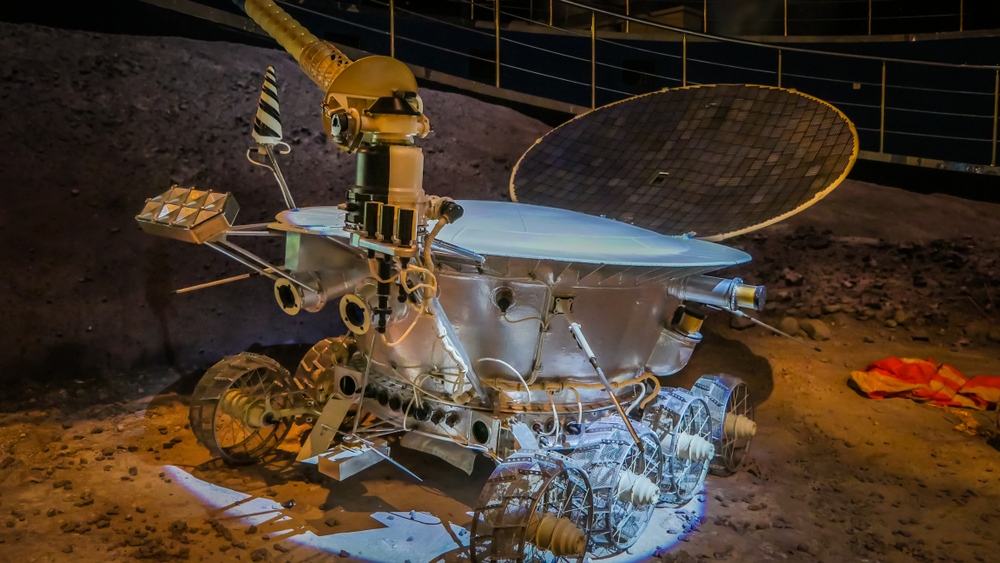
The Lunokhod 1 Lunar Rover Replica at the Museum of Cosmonautics celebrates the Soviet Union’s achievements in lunar exploration. Launched in 1970, Lunokhod 1 was the first successful robotic rover on the Moon. The exhibit highlights its innovative design and the scientific data it gathered, demonstrating the capabilities of early robotic space missions.
Mars Pathfinder – Smithsonian National Air and Space Museum, Washington, D.C., USA
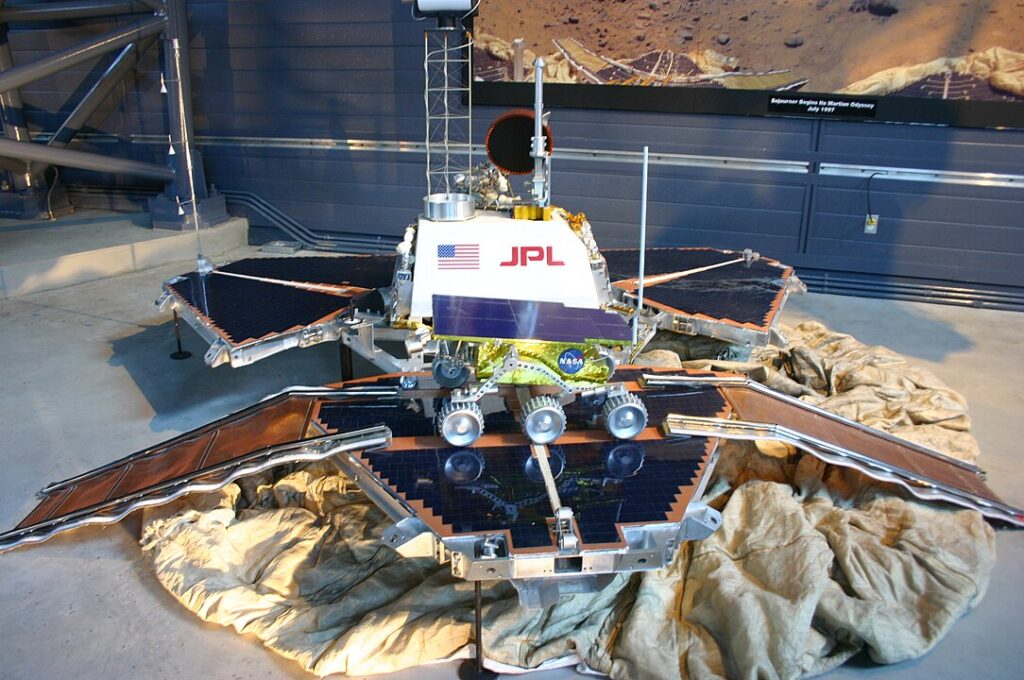
Mars Pathfinder, displayed at the Smithsonian National Air and Space Museum, marked a significant achievement in Martian exploration. Landing on Mars in 1997, it deployed the Sojourner rover, which provided valuable data on the Martian surface. The exhibit includes the lander and rover, illustrating the mission’s innovative design and scientific contributions.
This article originally appeared in MyCarMakesNoise.
More from MyCarMakesNoise
15 Common Emergency Car Repairs and Their Costs

No one likes dealing with unexpected car troubles, but being prepared can make a world of difference. Whether it’s a sudden engine failure or a worn-out brake line, knowing the common emergency car fixes and their potential costs can help you budget and avoid financial surprises. Read More
20 Common Car Mistakes Mechanics Wish You`d Avoid

Owning a car comes with its fair share of responsibilities, and taking care of your vehicle can sometimes feel overwhelming. However, there are common mistakes that many drivers make which can lead to costly repairs and unnecessary visits to the mechanic. Read More
25 Highly Praised Cars That Aren`t Worth the Cost

In the world of luxury automobiles, not all that glitters is gold. While some cars boast impressive designs and powerful engines, they often come with hefty price tags that aren’t always justified. Read More


